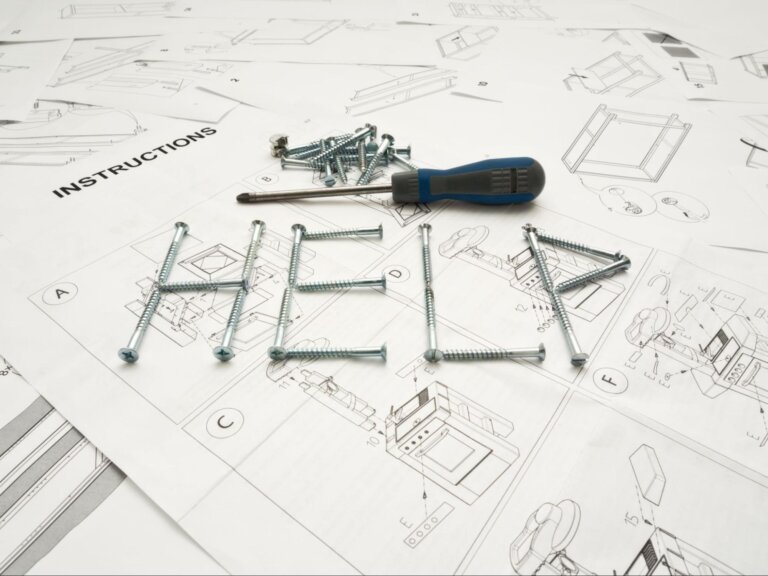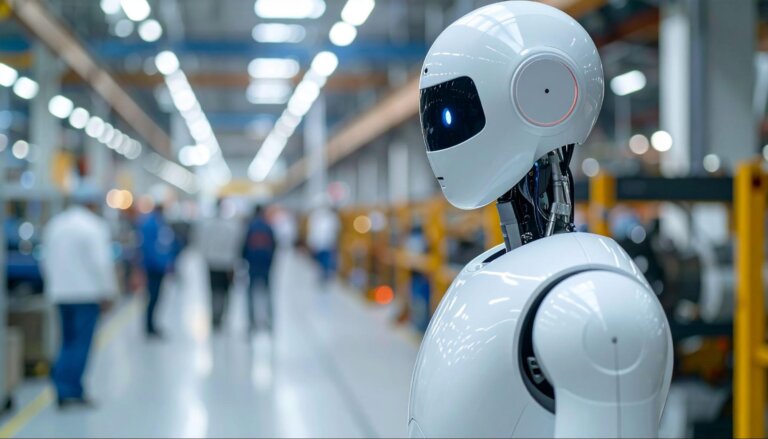Time to read: 4 min
Manufacturing is a key component of economic growth. However, in August 2019, with the global trade war raging, the direction of manufacturing growth in the U.S. was below the neutral 50.0 threshold for the first time in a decade. The index then fell again in September almost two more percentage points, causing the weakest growth since the financial crisis in 2008.
With the slowdown starting to impact both companies and manufacturers alike, we thought we’d take a look at the challenges that manufacturers are facing in the coming years and see what the future of the industry may look like.
Challenges
Global competition: The growing trade war between China and the United States continues to put strain on manufacturers worldwide. According to the 2019 U.S.-China Business Council survey on trade relations between the two countries, the top concern amongst foreign companies operating in China was unfair competition. Almost half of this year’s respondents reported that they lost sales to foreign competition.
This trend may only continue to gain steam. The controversial Made in China 2025 aims to make China the manufacturing leader by enacting policies and strategies to drive domestic innovation. The plan focuses on ten key areas of growth, including robotics, AI, and energy efficient automotive. The result? American optimism about the five-year outlook on business in China has dropped to a low of 66%.
New technology: It’s no secret that technology is rapidly growing, and companies across all industries are understanding how to utilize the best tools for bottom-line success. However, especially in the manufacturing industry, there may be a disconnect between the theoretical and the actual.
According to a Forbes survey, 90% of businesses understand that technology plays an important role in the success of their employees. However, less than 40% of the executives in charge feel as though they’re providing the right tools to facilitate that success. With new technology available, both for internal and external efficiency improvements, the challenge for businesses in an industry with so much available new technology may be less about understanding the need for implementation and more about actual adoption.
Investment in Existing vs. New: According to a recent Capgemini study, manufacturers are working to bridge the gap between optimizing their existing technologies and investing in advancement. While the vast majority of successful manufacturers already have a plan in place for their vision for the future, only 54% actually have plans in place to collaborate more on innovation and product development.
The internal debate between optimization and invention is widespread across various manufacturing industries. For companies focused on aerospace/defense, 76% of them face that challenge. The biggest issue is allocating the right resources towards R&D or sustaining their older systems and products already out in the field. Moving forward, according to Capgemini, the most successful manufacturers are those focused on innovation and prioritizing connected devices first.
What to keep an eye on
Internet of Things (IoT): The IoT market is growing, and it seems like it will continue to do so heading into the next few years. In 2018, there were a reported 3.6 billion connected devices used for all sorts of tasks. With increased focus on AI and machine learning, along with augmented reality, virtual reality, 5G network rollout, and more, IoT will continue to have a profound impact on manufacturing.
Devices will get smarter and incorporate more tools to extend that connection. By next year, almost half of manufacturers (47%) believe that all of their products will be smart (or at least enabled), up from 35% in 2017.
Cybersecurity: Intellectual property protection will continue to be an important issue over the next few years, especially in the current global trade climate. According to the U.S.-China Business Council Survey, 91% of companies are concerned by China’s enforcement of IP protection, specifically around patents, trademarks, and trade secrets.
How does that concern trickle down to manufacturing? Concerned companies are less likely to actually manufacture products in China and are significantly less likely to spend capital researching and developing products in China. For manufacturers based outside of China, this seems like an opportunity to capture more of the global manufacturing share.
Skills gap: According to a study from Deloitte and The Manufacturing Institute, the gap between available jobs and the number of skilled workers is growing. The study estimates that there may be up to 2.4 million jobs unfilled in the next decade, with the possibility that certain skilled and managerial positions will become almost three times harder to fill than they are now.
While job openings have been growing at a near historical rate since 2000, retiring baby boomers and changing skill sets throughout the workforce have caused a shortage in labor. As new forms of automation and technologies pop up, the manufacturing industry will need to continue to adapt and ensure that both jobs and capacity are maximized.
Want to stay up to date on manufacturing industry news, hardware tips, teardowns, and more? Subscribe to the Fictiv blog by clicking the button below.










